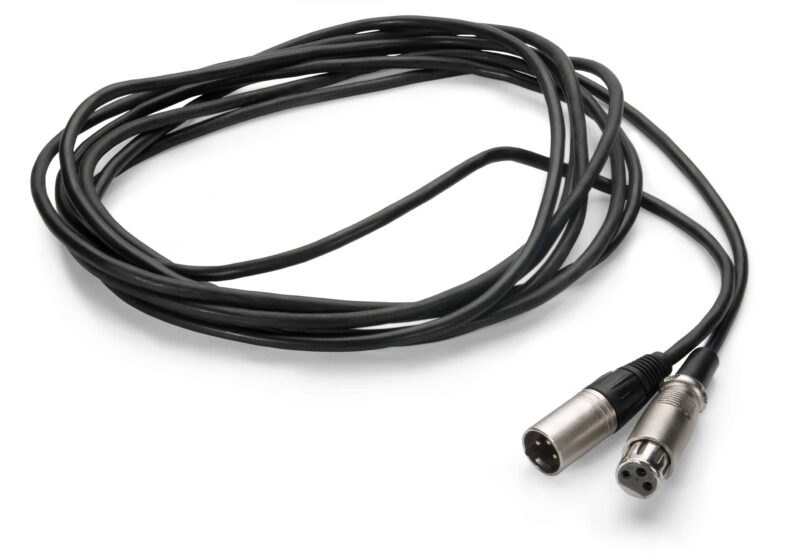What Is The Difference Between Balanced And Unbalanced Audio?



Balanced and Unbalanced Audio
When it comes to audio, there are two types of signal transmission: balanced and unbalanced. The main difference between the two lies in how the signals are carried from one device to another.
In this article, we’ll break down the differences between balanced and unbalanced audio as well as provide examples of hardware and cables associated with each type.
Unbalanced audio:

Unbalanced audio is the most common type of audio signal transmission. It uses a single conductor to carry the audio signal and a ground wire to complete the circuit. While unbalanced cables are cheaper and more widely available, they are more susceptible to electromagnetic interference (EMI) and radio frequency interference (RFI), which can lead to noise and distortion.
Examples of unbalanced hardware include consumer-grade audio devices such as portable music players, smartphones, and laptops. Unbalanced cables are common in RCA, 1/4″ TS, and 3.5mm TRS formats.
Balanced audio:

Balanced audio, on the other hand, uses two conductors to carry the audio signal, along with a ground wire. The two conductors are identical but carry opposite polarity signals. Any EMI or RFI noise the conductors may pick up is added to both signals. While this external noise will change the individual signals, the difference between the two signals remains unchanged. This cable arrangement ignores the noise, and a clean and clear signal is the result. Balanced audio cables are more expensive than unbalanced cables, but they are the preferred choice for professional audio applications.
Examples of balanced hardware include professional audio equipment such as mixing consoles, preamplifiers, and studio monitors. Balanced cables are common in XLR and 1/4″ TRS formats.
Our final audio thoughts
The main difference between balanced and unbalanced audio is how the signals are carried from one device to another. While unbalanced audio is more common and cheaper, it is also more susceptible to noise and distortion. Balanced audio, on the other hand, is more expensive but provides a cleaner and clearer signal, making it the preferred choice for professional audio applications.
Did you find this article useful? Let us know in the comments! Or to learn more about capturing great audio, please contact us.
Want more related articles? Check out below!
5 Steps To Reducing Background Noise When Recording Audio
How to capture great audio with a smartphone or tablet?

Bringing the Distant Near & Keeping Your Vision Clear.


Can Your Mic Reach As Far Your Lens?



Bringing the Distant Near & Keeping Your Vision Clear.


Clear Vision in Seconds, No Contact Required!












